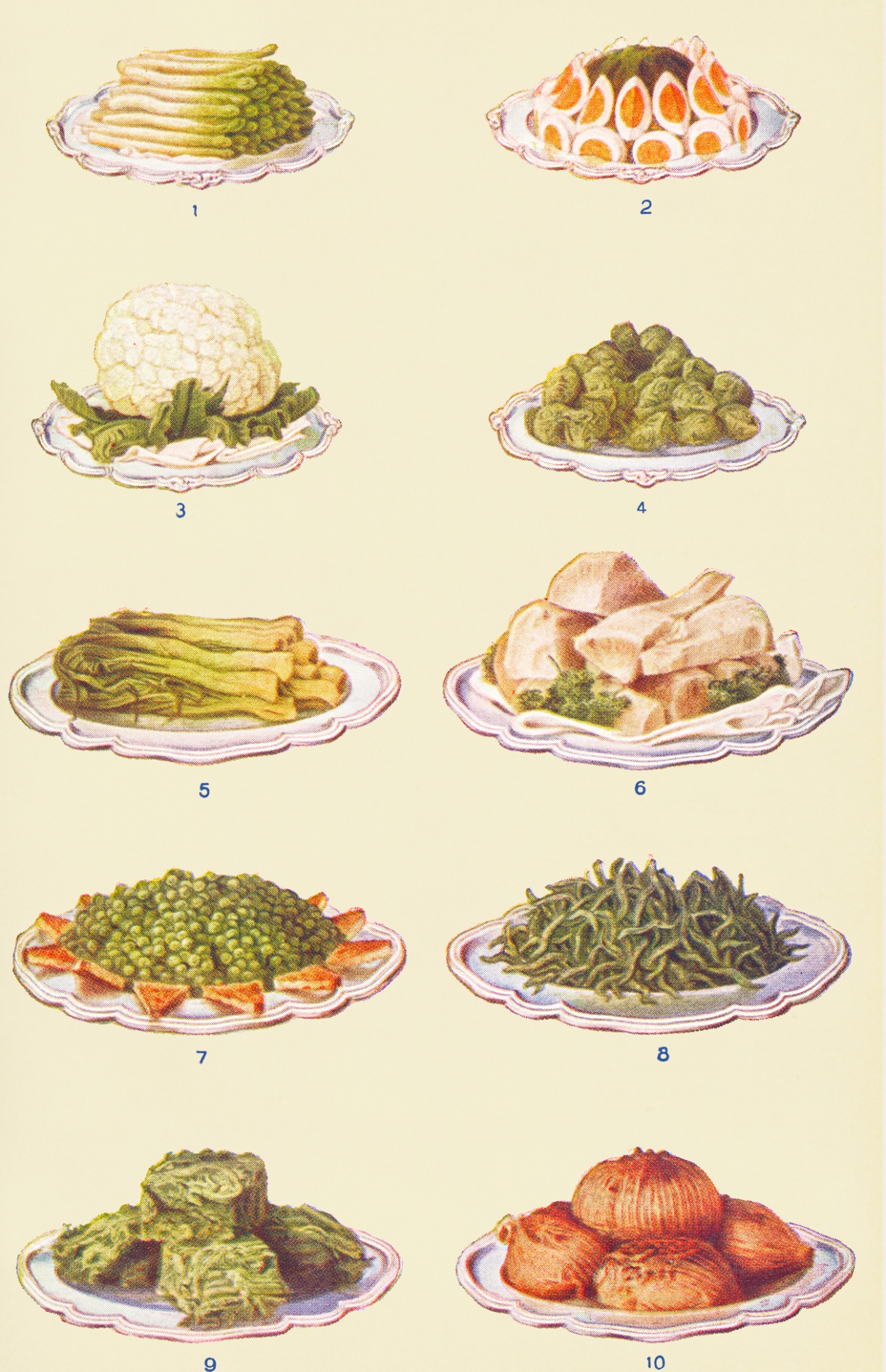Salt and pepper have long been used to season our food, both separately and together. Today these two seasonings are the backbone of many cuisines around the world. And, there’s no doubt that the flavor combo works. The pairing adds an interesting flavor element to even the plainest of dishes, which is why you can make do with a “cupboard” dinner with whatever’s in the cabinet, but running out of either salt or pepper is an instant trip to the store. But, when and why were these two paired together in the first place?

Salt has been an essential element of both trading and cooking for thousands of years. Salt mining and trading was a major source of income in Ancient Egyptian dynasties, it was a key ingredient in healing for ancient Chinese herbalists, and is frequently mentioned in the Bible and the Torah.
Salt was not only a needed nutritional element that animals have often lead humans to, but it is a preservative of unparalleled quality. Salted foods and sauces can keep for long periods of time, a useful factor before the advent of refrigeration. Our long history with salt transcends geographical borders and all modern eras of human history. But, other herbs and spices were globalized more slowly as empires expanded.

Peppercorns are native to India and were thought to have many curative powers in Ayurvedic medicine. Like other aromatic dried herbs, pepper also helps to preserve food and also has the added benefit of seasoning at the same time. There are a number of active ingredients in black pepper that keep food fresh, namely terpenes and flavonoids. Modern studies have shown that these compounds have anti-inflammatory and anti-microbial properties. So it’s no surprise that it was in use since antiquity.
Amsterdam in the 1600s was a center of spice trading in Europe. The Dutch were known for their sugar processing, but they were also trading in coffee and spices from all over the world. From there black pepper entered Europe as a popular spice. As in modern times pepper was much cheaper than other spices like saffron and cardamom as it’s easier to grow and can be used at various stages of the fruit lifecycle.

Peppercorns were found as part of the cargo of the long lost ship of King Hans of Denmark and Norway which went down in 1495. But, it was a later French chef who is thought to have made the duo of salt and pepper so iconic.
The young François Pierre Sieur de La Varenne wrote one of the most innovative cookbooks of the era in 1651 at the age of only 25. He was in the employ of various nobles and had been cooking in a simpler style for some time. However, his book was the first time that these simpler methods of cooking and preserving food had been written down and it meant that those not in the culinary professions could learn the secrets of the cooking world.
La Varenne embraced what we now know as the French cooking style- breaking with the richly-spiced foods of the Middle Ages. Instead, the flavors of wine, butter, salt, and pepper were touted as bringing out the true charm of the other ingredients. Exotic spices were less favored than locally-grown ones and a love of seasonal foods was also one of La Varenne’s ideals. La Varenne also wrote the recipes in reference to fasting/feast days of Christianity, another boon to the book’s success.

The book, entitled Le Cuisinier François, was widely read and many reprints were issued (and even some knock-offs). He brought many phrases and practices into mainstream usage, such as making a roux to thicken sauces and using newly-popular vegetables such as broccoli, spinach, and cauliflower. His follow-up book, Le Pâtissier François, published in 1653, covered how to make the many wonderful pastries France is known for.
This simpler style of cooking was already in use, but La Varenne’s book was hot on the market since no French cookbook had been published at that time for many years. It also gave plain instructions, a novelty of cookbooks at the time. Despite being written for other professionals, home cooks also benefitted from this style. Those without great wealth now didn’t need to spend money on expensive spices to be fashionable, which only made this cooking style more accessible to the masses.

The 19th-century chef Auguste Escoffier used La Varenne’s text to build upon the art of French cooking and made signature French dishes famous the world over when he dazzled international guests at the Savoy Hotel in London and other Ritz-owned hotels across France. The fact the we all know what béchamel sauces and meringues are is likely down to the influence of Escoffier and by extension, La Varenne. His influence is also why salt and pepper are considered so crucial to so many recipes.
SKM: below-content placeholderWhizzco for DOT

